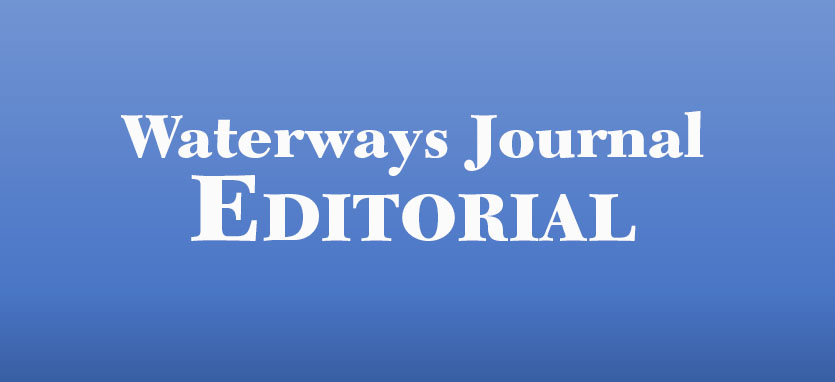Challenge and opportunity often spring from the same source. Weather can burden or advantage; laws can restrict or empower. When asked about the year ahead, this year’s State of the Industry leaders reinforced this truth.
Headline-generating crises of weather, transport and supply chains going back to the COVID-19 lockdowns stressed the transportation system including the inland waterways; but they also provided opportunities for the inland industry to positively educate the public about its importance.
Members of Congress can still come together to continue the great bipartisan progress that lock and dam and waterways issues have seen in the past several years—or they could allow that progress to stall if they fail to include the right provisions in funding bills that are still pending as the budget battle extends into March.
The Coast Guard could provide clearer terms and interpretations in its recent guidances to the Safer Seas Act that would better focus that law’s intent, or it can allow ambiguity to bring uncertainty and risk to the industry.
But along with the familiar challenges the new year brings some genuinely new conditions. The Maritime Administration’s vessel eligibility expansions to the Capital Construction Fund bring opportunities never before available for inland vessel financing. Each day brings an announcement of another initiative along one of the many pathways society will have to explore simultaneously to further the energy transition—ammonia, hydrogen, sustainable diesel.
All these changes put waterways transportation at the forefront of many important societal changes. No river veterans get so complacent that they believe they know what will be around the next bend, even in a stretch of river they have traversed many times before. That unpredictability can be nerve-wracking at times, but it also makes our industry an exciting one to be part of. We hope that increasing numbers of young people will agree and find their futures in it.




